The University of Liverpool looks to CERN’s bright future
The University of Liverpool has been involved in the cutting-edge research and innovation taking place at the European Organization for Nuclear Research since it was established 70 years ago
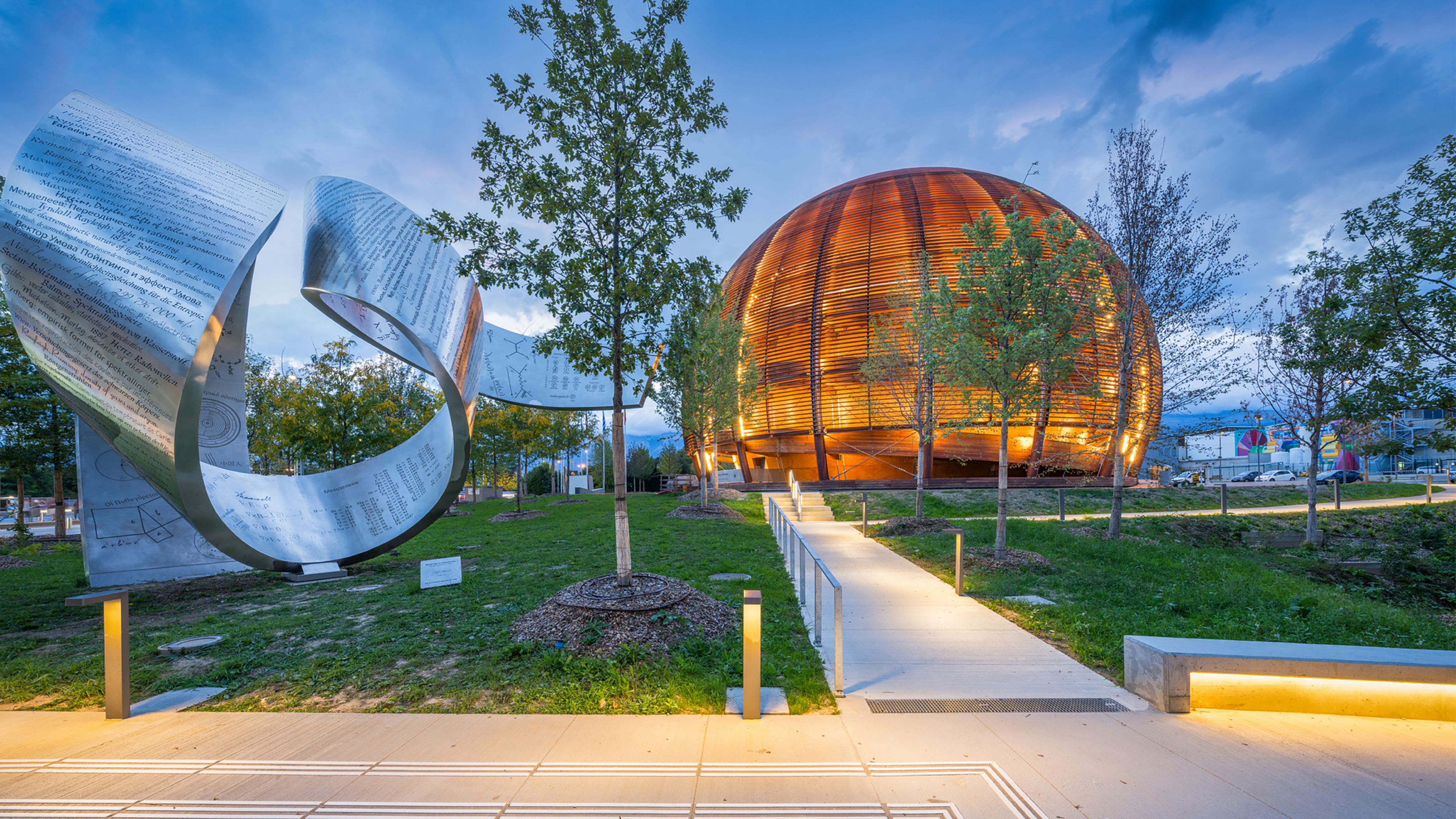
In 2024, the European Organization for Nuclear Research, known as CERN, celebrated its 70th anniversary. In an episode of the THE Connect podcast, scientists at the University of Liverpool reflected on what CERN had achieved in this time, where it will go in the future, and the role that the University of Liverpool plays at the cutting-edge of particle physics. “It’s really exciting to look ahead at what might make up CERN’s future,” said Tara Shears, a professor of physics and frontier lead for particle physics at the University of Liverpool.
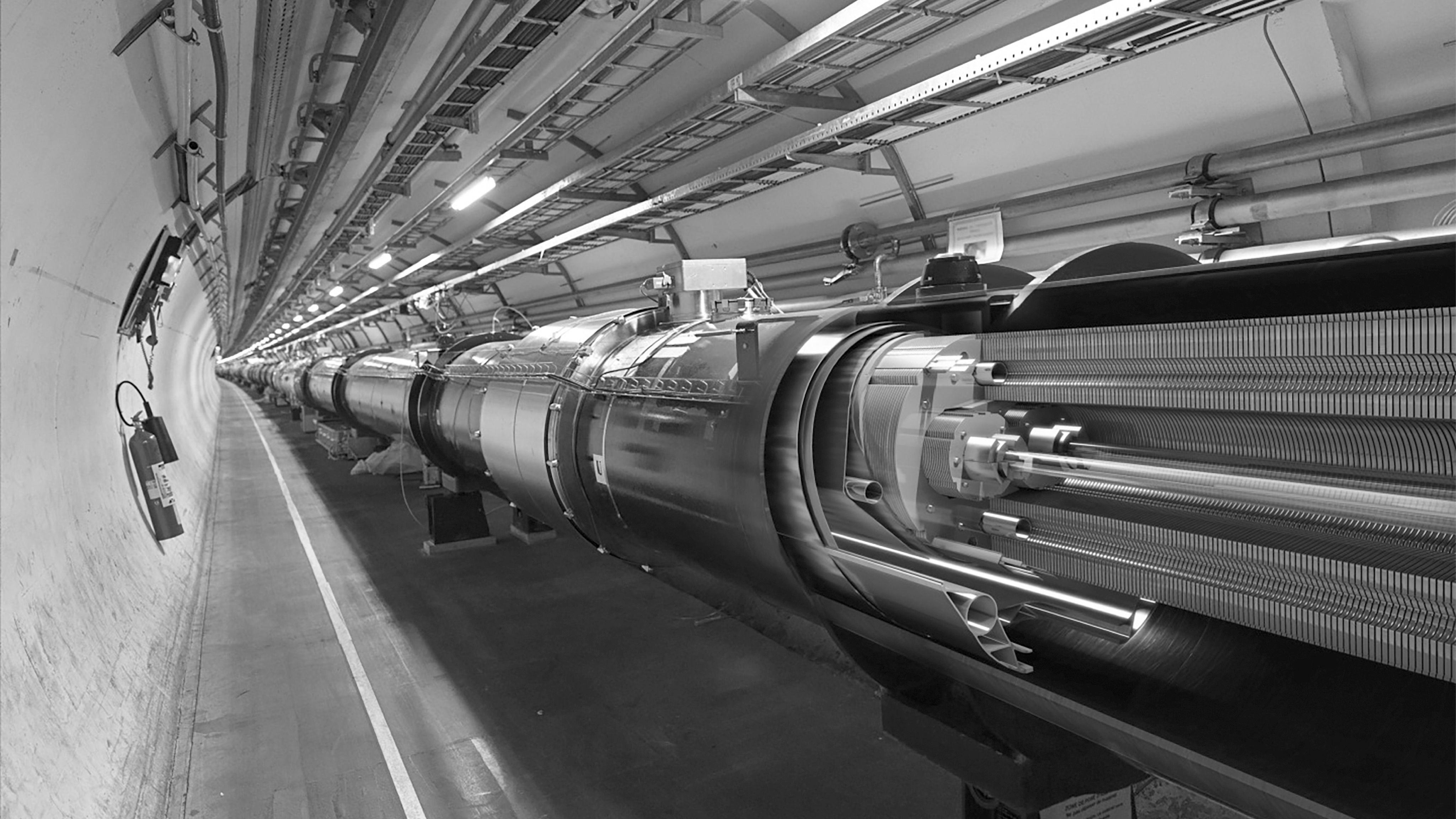


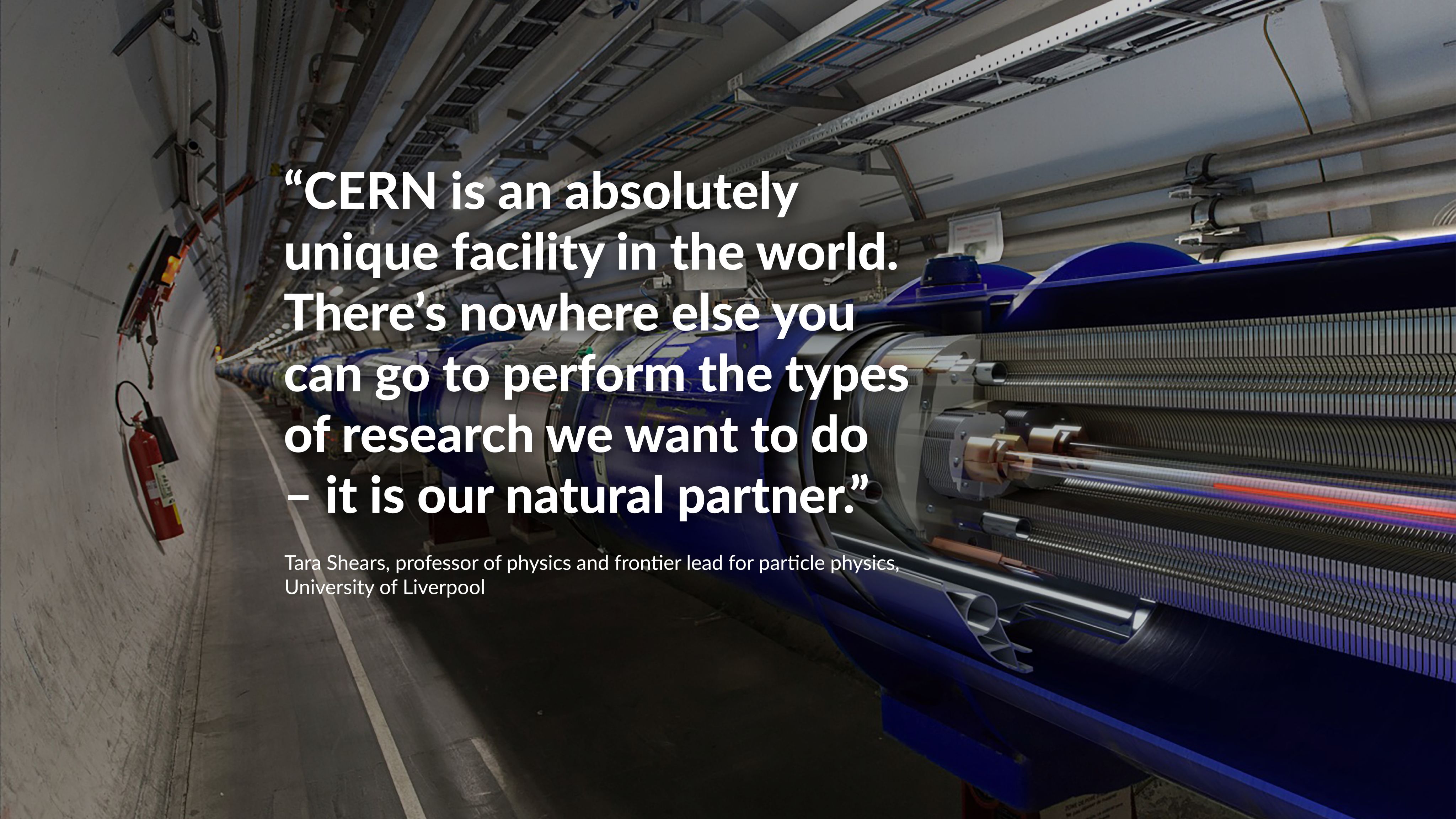
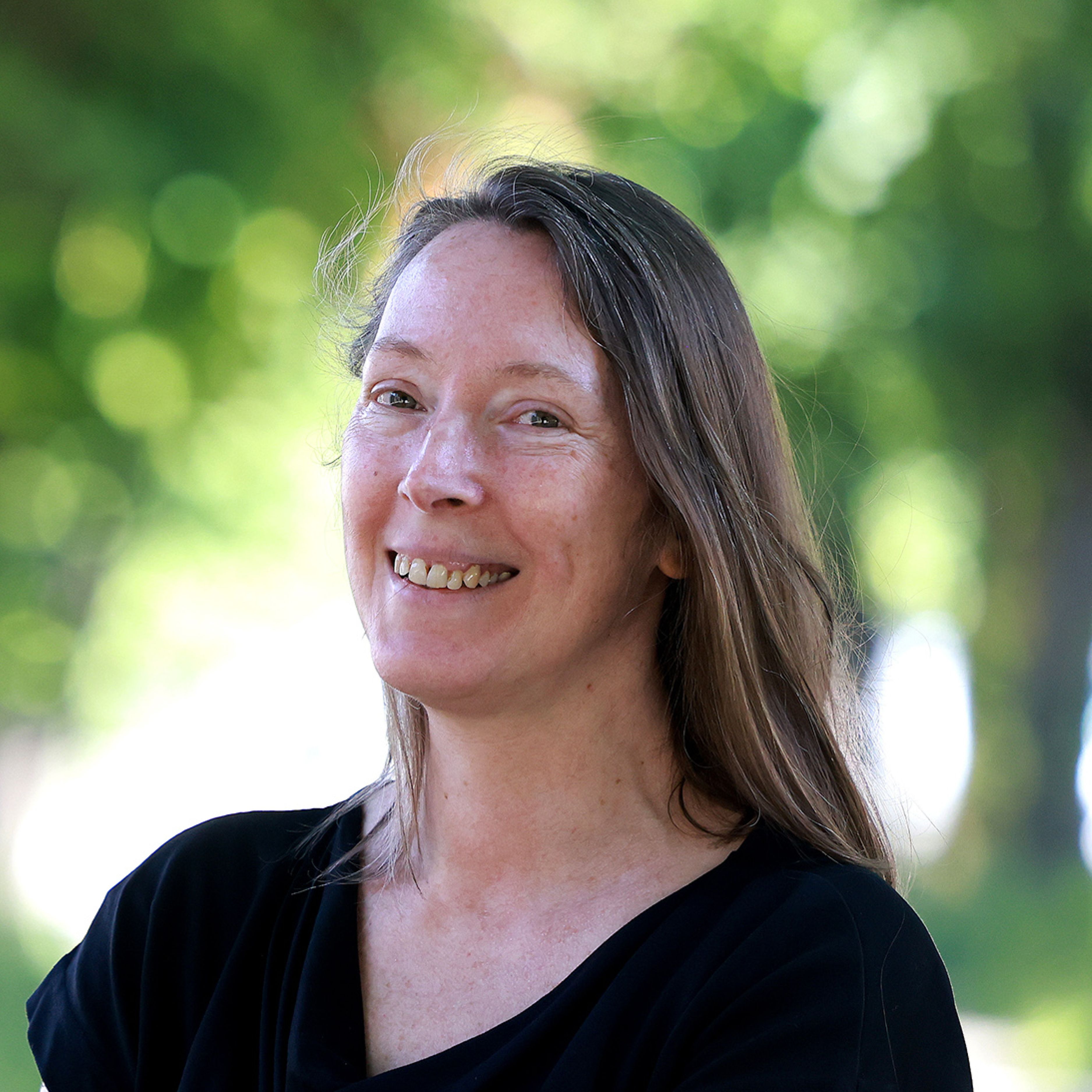
Tara Shears
Professor of physics and frontier lead for particle physics, University of Liverpool

Monica D’Onofrio
Professor of physics, University of Liverpool

Christos Touramanis
Professor of experimental particle physics, University of Liverpool
“CERN is an absolutely unique facility in the world,” said Shears. “There’s nowhere else you can go to perform the types of research we want to do – it is our natural partner.” The university’s physics department has been involved in most of CERN’s science activities since its founding. These include experiments, accelerator science, nuclear physics and theoretical scholarship, said Shears, who is the UK spokesperson for the Large Hadron Collider beauty experiment (LHCb). The university currently has about 60 PhD students working on CERN experiments.
The Large Hadron Collider (LHC), a 27-kilometre particle accelerator, is the crown jewel in CERN’s treasure trove of accelerators. Magnets propel two beams of particles around the accelerator and smash them together to understand the particles that constitute matter by sifting through the debris.
There are several experiments dotted around the LHC’s length, and Shears works on LHCb, which focuses on a type of elementary particle called the beauty quark. The experiment is investigating the behaviour of beauty quarks to understand various features of the universe, such as the differences between matter and antimatter.
Collaboration is at the heart of CERN, said the participants. “People in the Liverpool Department of Physics work on about 15 experiments across accelerator science, particle physics and nuclear physics, [amounting] to about 75 per cent of the department,” said Monica D’Onofrio, professor of physics and head of research in the department. “These are international collaborations where we not only work as academics but also have our students involved.”
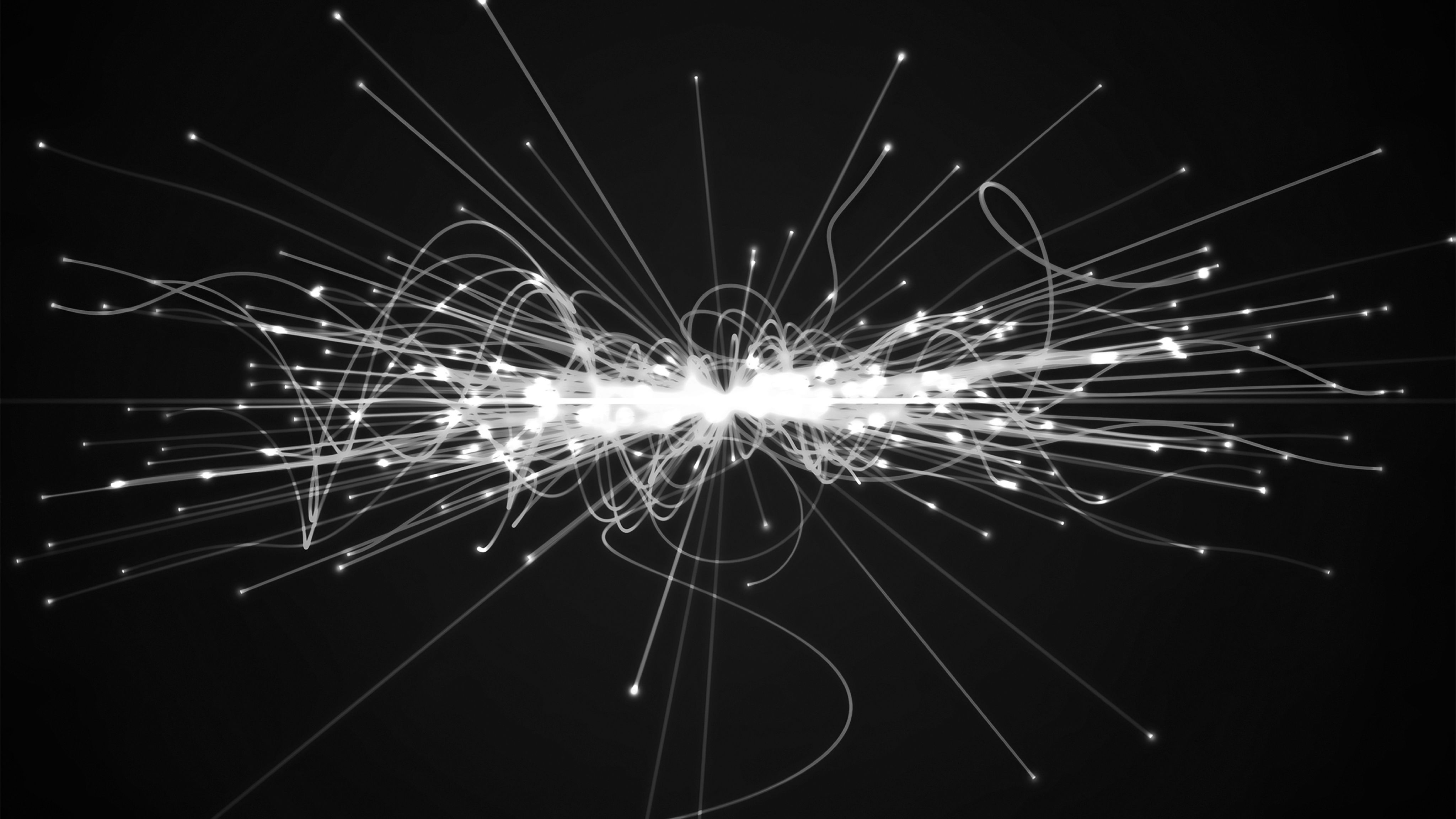
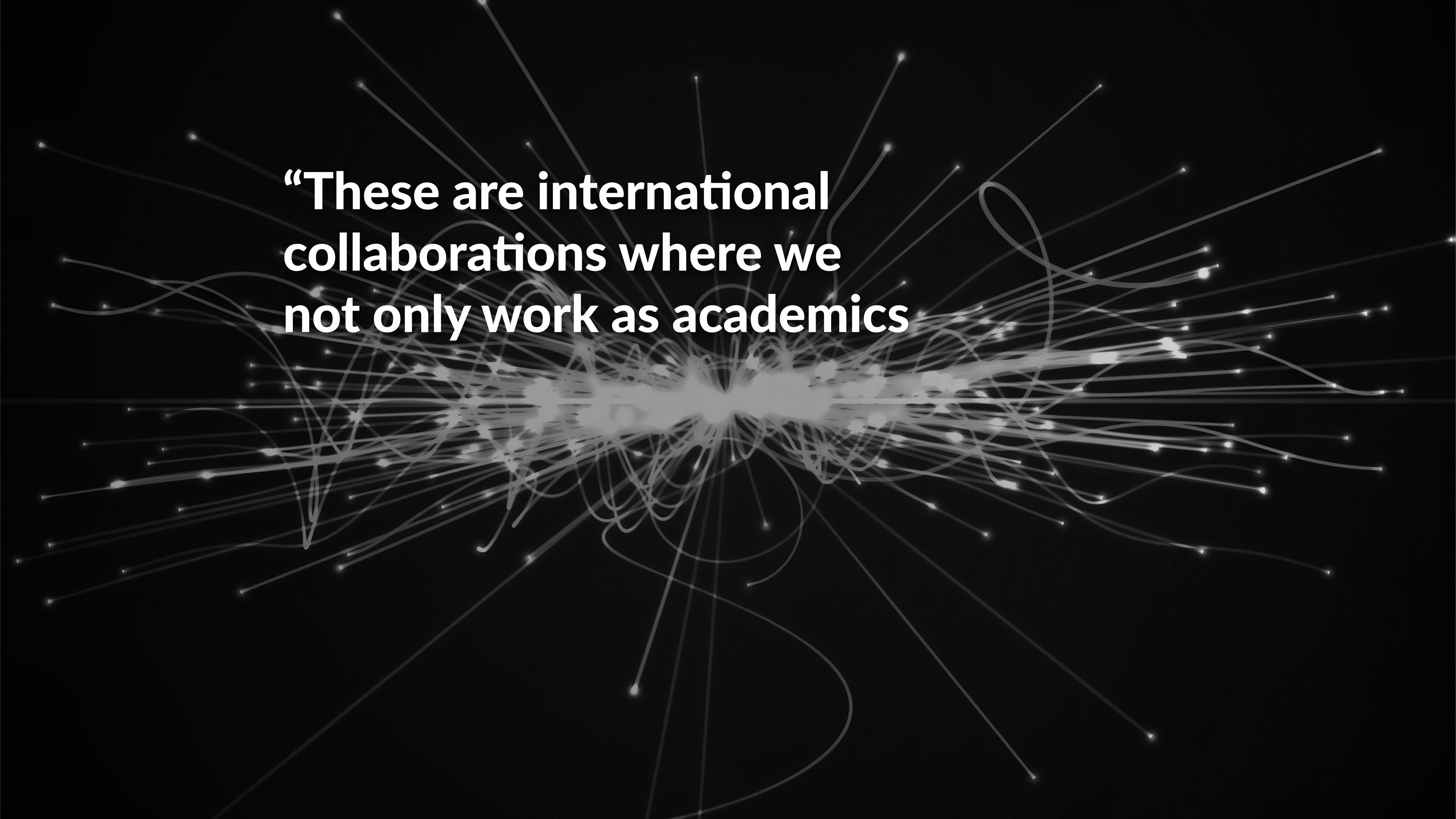
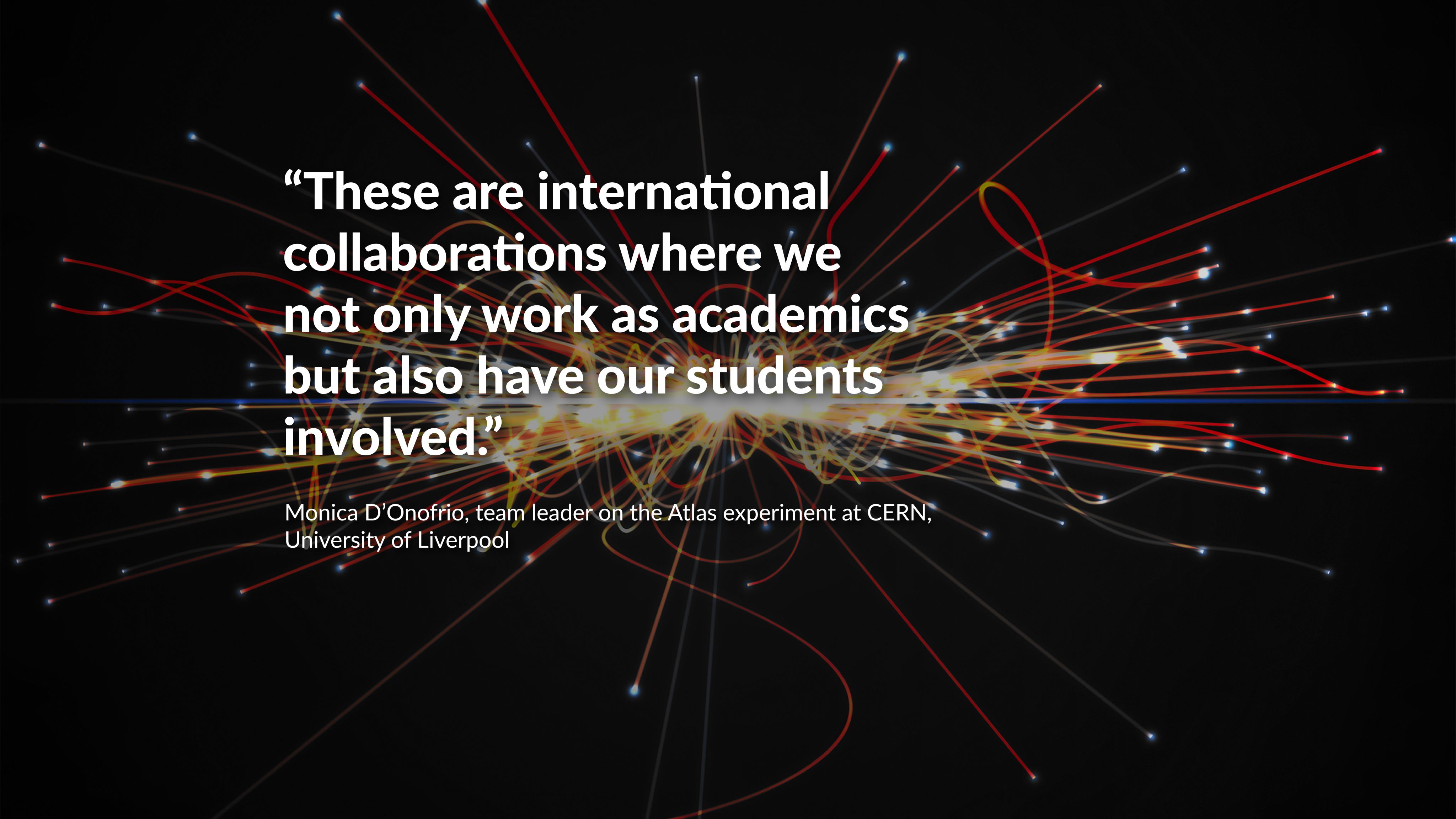
D’Onofrio works on the Atlas experiment at CERN, has been the team leader of the Liverpool group on Atlas for seven years and is the UK’s deputy principal investigator and spokesperson for the experiment. She is particularly interested in the search for dark matter, an invisible form of matter that makes up about a quarter of the universe.
Through its expertise in detector designs, the University of Liverpool’s influence extends beyond basic science. Particle physics experiments require very sensitive particle detectors, and the university has contributed extensively to detector innovation at CERN. “It’s thanks to the innovations of our team that we could design a detector that the whole LHCb collaboration needs to carry out its physics programme,” Shears explained.
Christos Touramanis, a professor of experimental particle physics, established the university’s neutrino group and co-leads the international neutrino experiment, ProtoDUNE. ProtoDUNE, which is the newest detector to become operational at CERN, is “the preparatory phase of the DUNE mega project in the US”. DUNE stands for Deep Underground Neutrino Experiment, and has a price tag of about $3.5 billion (£2.8 billion). “ProtoDUNE is an example of how activities at CERN are key enablers for big science that will take place outside CERN and outside Europe,” Touramanis said.
Plans for the next generation of colliders – such as the High-Luminosity LHC, which will be significantly more powerful than the current LHC – are already underway, the participants said. “At Liverpool, we’re developing the technology that we’ll need for the next-generation facilities,” said Shears.
More from the University of Liverpool
-
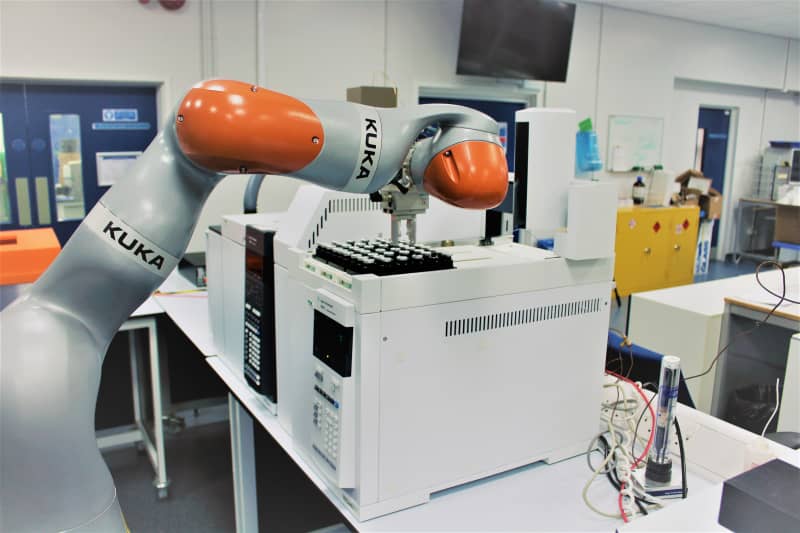
Multidisciplinary collaboration drives materials innovation at the University of Liverpool
The University of Liverpool’s Materials Discovery Frontier, AI Hub and Materials Innovation Factory bring together experts from academia and industry to solve problems -
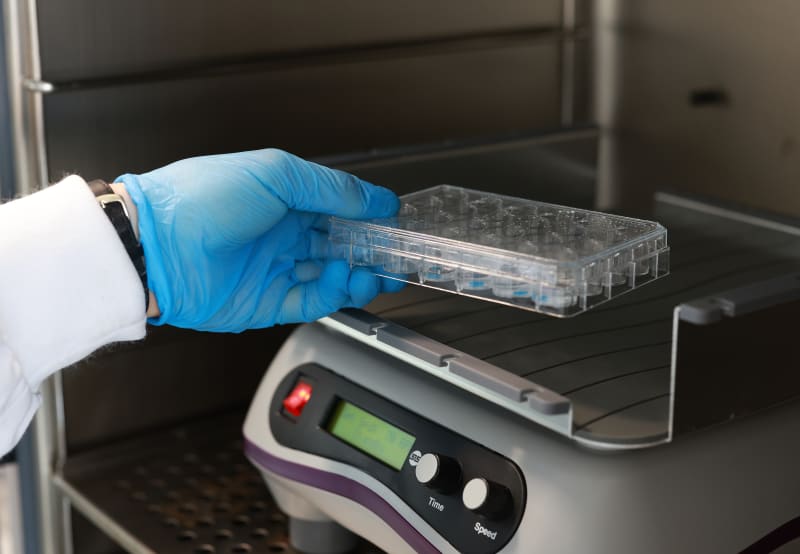
Fostering closer collaboration between academia and industry across health and life sciences
The University of Liverpool’s new Therapeutics Innovation Frontier will streamline collaboration and better support the next generation of scientists -
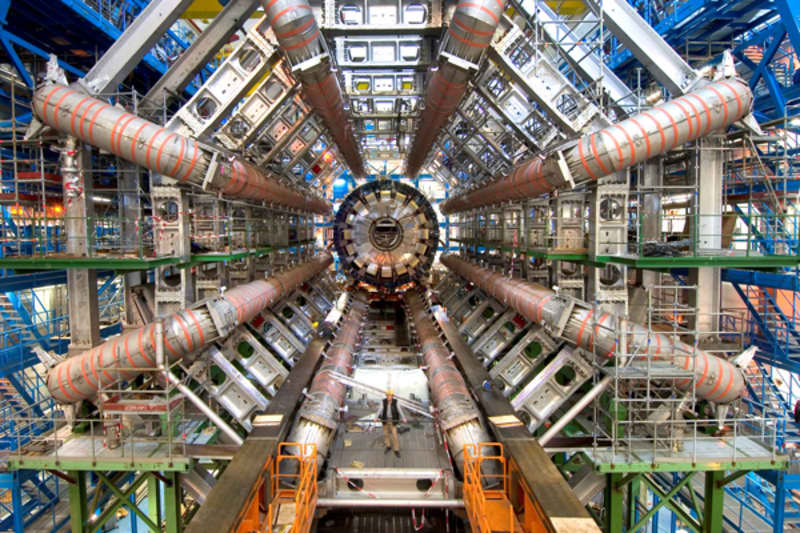
University of Liverpool researchers at the frontiers of particle physics
The University of Liverpool’s research expertise and technology development infrastructure drives science collaboration for major particle physics experiments worldwide -

A framework to drive positive global impact
The University of Liverpool’s new institutional strategy lays the groundwork to change the world for the better -

Ancient wood discovery rewrites our understanding of early humans and could uplift local communities
Researchers at the University of Liverpool have led an international interdisciplinary team whose discovery has attracted global interest in academia and beyond -
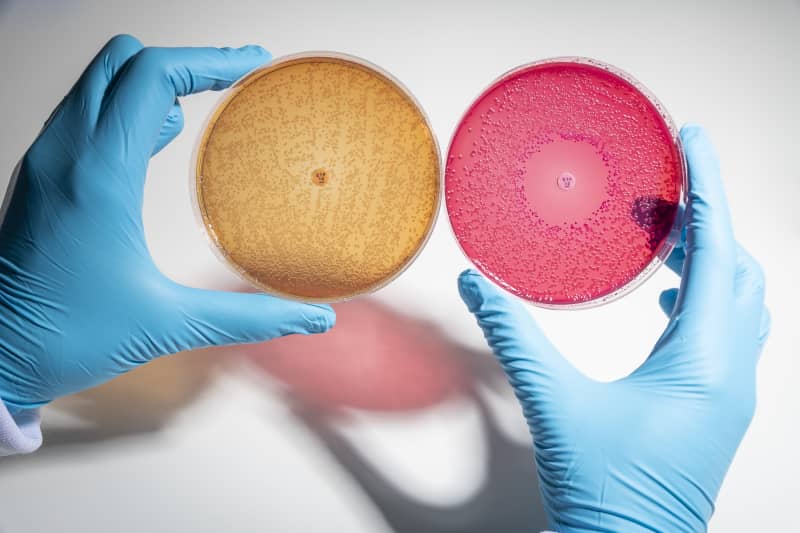
A cross-disciplinary approach to combatting antimicrobial resistance
As worrying levels of resistance to antibiotic drugs develop across the world, a cross-disciplinary team at the University of Liverpool is leading cutting-edge multidisciplinary research to tackle this global challenge -

Placing human rights at the heart of UN’s Sustainable Development Goals
At the University of Liverpool, the School of Law and Social Justice is leveraging the shared vision of the UN’s Sustainable Development Goals to promote real-world change -
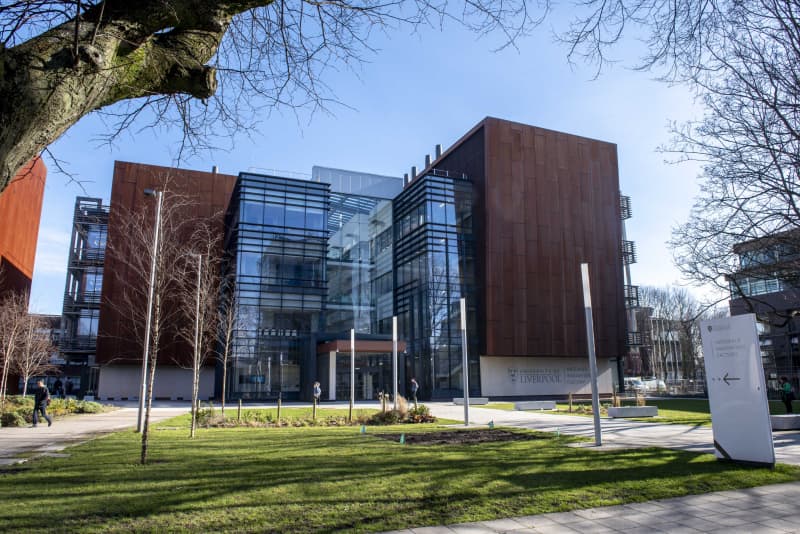
Industry partnerships are key to research that tackles climate breakdown
As governments and businesses strive to reduce carbon emissions and fight climate catastrophe, ground-breaking research is needed now and in the long term







